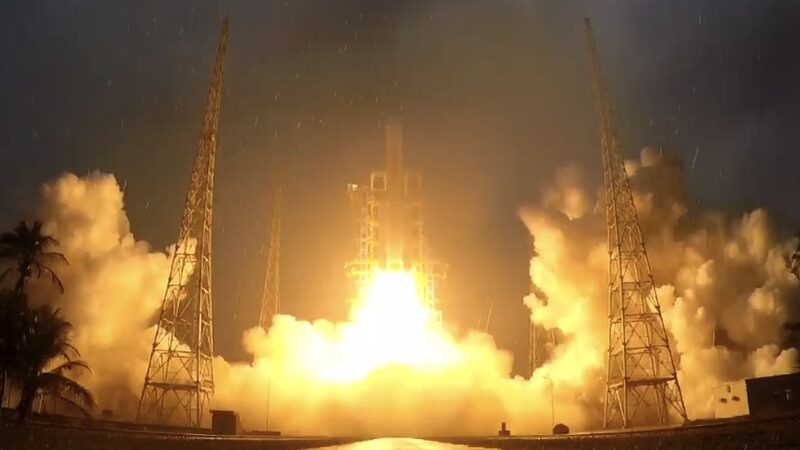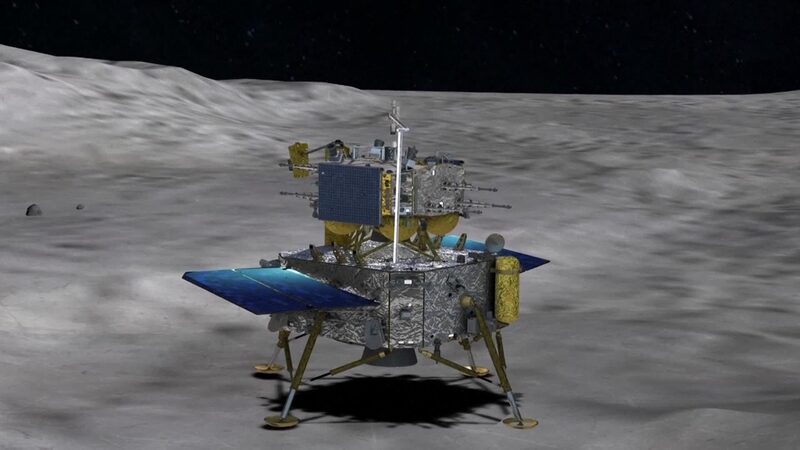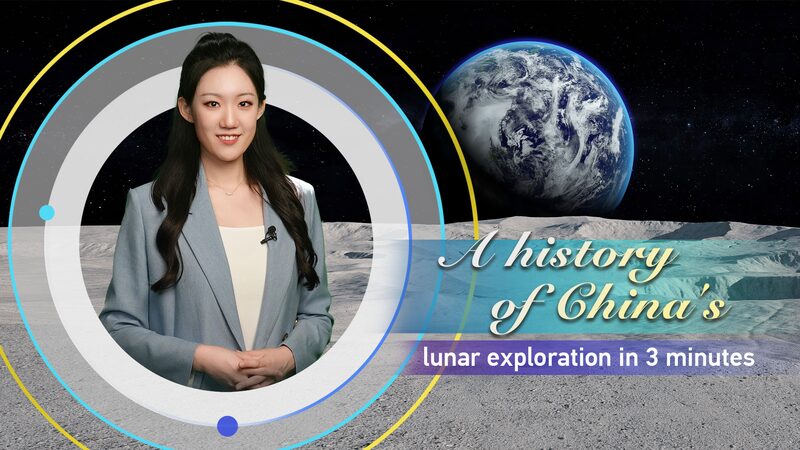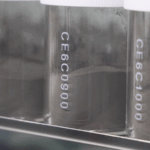China’s Chang’e-6 lunar mission has landed in the history books 🚀, returning to Earth with the first-ever samples from the Moon’s mysterious far side — a region hidden from Earth’s view and never before explored by humans. This milestone cements China’s status as the only country to achieve this feat, sparking global excitement among space enthusiasts and scientists alike.
But why is this mission such a big deal? 🌌 ‘The far side’s unique geology could rewrite lunar history,’ explains Dr. Yang Yuguang, vice chair at the International Astronautical Federation’s Space Transportation Committee. Unlike the near side, the far side has thicker crust and fewer ancient lava plains, potentially holding clues about the Moon’s volcanic past and cosmic collisions.
Tech hurdles? Oh, they were huge. 😅 Communication with Earth is impossible directly from the far side, so China deployed the Queqiao-2 relay satellite — a cosmic ‘middleman’ — to bridge the gap. Sir Martin Sweeting, a UK space tech pioneer, praised the mission’s ‘ingenious robotics’ for drilling and transporting samples autonomously in extreme lunar conditions.
So what’s next? Anastasia Medvedeva, aerospace journalist and space education advocate, highlights that these samples could unlock secrets about the Moon’s 3.5-billion-year-old South Pole-Aitken Basin, aiding plans for a future international lunar research base. China’s space program is already eyeing crewed Moon missions by 2030 and deeper solar system exploration. 🌠
Geek out alert: These samples might even reveal how water ice trapped in shadowed craters formed — a potential game-changer for sustaining human colonies on the Moon. 🌕🔬
Reference(s):
Historic returns: Chang'e-6 brings back Moon's far side samples
cgtn.com








